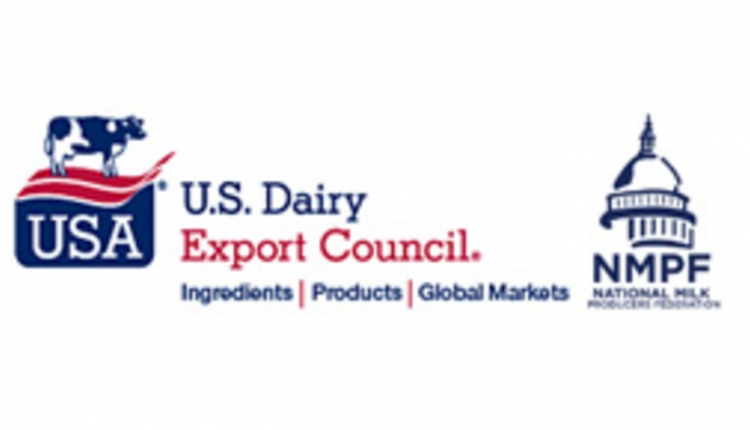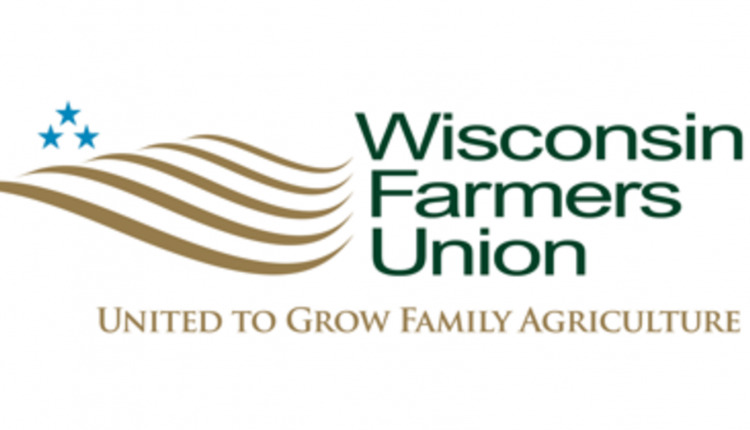In your March 2022 issue . . .
TRADING NEAR OR AT RECORD HIGHS, the March-to-December Class IV contracts moved to a $23.70 average during February 24 trading. The April Class IV contract topped the CME at $24.95 per cwt.
THE CLASS IV MARKET MOVED 30 CENTS, on average, from February 23 to February 24 trading based on the convergence of three factors: USDA’s announcement that January milk fell 1.6% compared to the same time last year, New Zealand lifting milk prices another 40 cents per kilogram of milk solids (kgMS), and the Russian invasion of Ukraine.
JANUARY WAS THE THIRD STRAIGHT MONTH milk fell, and the 1.6% was the largest loss since March 2004. Back in those days, output fell after Posilac (BST) went on a 50% allocation due to supply chain issues. This time around, the national dairy herd has shrunk eight straight months.
NEW CROP CORN HAS BEEN A DRAG ON COWS, reported John Goeser of Rock River Lab. “We’re clearly down 5% to 20% in starch digestibility year over year at this point,” he said of corn silage samples from the eastern and midwestern U.S. “In my opinion, silage won’t feed to its full potential until April or later,” he said of its feed value.
A RECORD PAYOUT WILL BE IN STORE for New Zealand dairy farmers after Fonterra lifted milk prices to a $9.60 midpoint for kgMS. This is the second straight month the country’s largest co-op raised milk prices as the world’s largest dairy exporter heads into the late stages of the grazing season. Milk output has slid six straight months.
WHEN CONVERTED TO THE U.S. SCALE, that payout would net a $21.85 per cwt. average, calculated the University of Wisconsin’s Mark Stephenson. The range would be $21.17 to $22.54 based on average test.
SINCE JANUARY 4, CLASS IV CONTRACTS for the months of March to December 2022 climbed by an average of $2.40 per cwt. During that same window, Class III rose $1.70 for the same months to reach $22.20.
EVEN WITH STRONG MILK PRICES, farmers still should consider milk price mitigation options. Sign-up for the Dairy Margin Coverage (DMC) program this year runs through March 25 after USDA extended the sign-up deadline in early February. Another option to insure against quarterly declines in milk revenue is Dairy Revenue Protection (Dairy-RP).
U.S. DAIRY EXPORTS POSTED RECORDS on both value and volume in 2021. Sales totaled $7.75 billion, up from 2020’s $6.5 billion. Last year’s $7.75 billion total also moved past the 2014 record of $7.1 billion. The 5.9 billion pounds shipped last year topped the 2020 record by 10%.
FLUID MILK SALES TUMBLED FURTHER, falling 4.1% from 46.2 billion to 44.3 billion pounds when comparing 2020 to 2021. Not only did those sales continue a 12-year slide, it was the lowest sales total since 1951.
FEDERAL ORDER CLASS NUMBERS remain distorted due to unsettled market dynamics. In 2021, utilization was: Class I, 31%; Class II, 15%; Class III, 27%; and Class IV, 27%. In 2019, without depooling, those numbers were: Class I, 28%; Class II, 11%; Class III, 41%, and Class IV, 20%.
DAIRY REPLACEMENT NUMBERS FELL to the lowest opening year estimate since 2009. The 4.45 million dairy heifers over 500 pounds represented a 3.4% reduction over the previous year. USDA estimated fewer than 2.84 million heifers will calve this year, the lowest total in 16 years.
THE CENTRAL ORDER MOVED FROM 3.933% TO 3.984% butterfat in just the past year. It’s not a big leap to envision that milk shipped could average 4% butterfat in 2022. Butterfat levels were 3.6% in 2010.
WISCONSIN ADDED NEARLY 1 BILLION POUNDS of new milk to lead all states, and its milk per cow vaulted into the top 10 last year.









